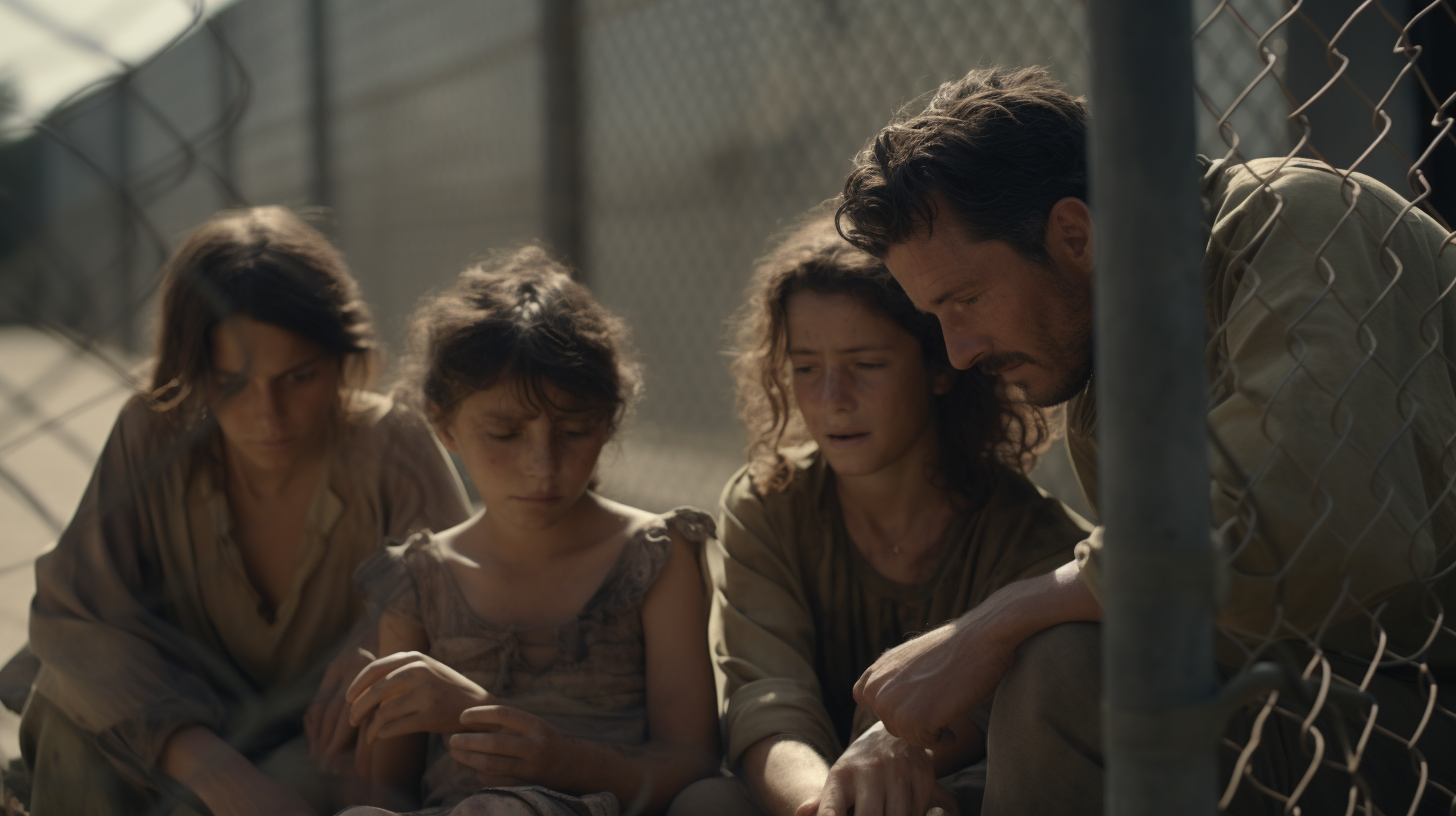
The Panola Camp
Other People Dying
The city of Carthage in Panola County near Texas’s eastern border has always been tied to oil and gas. While America suffered through the Great Depression of the 1930s, a gas field was discovered near the city. Carthage and Panola flourished as the field developed and eventually proved to be the largest in the US.
But a century later, while fracking was phasing out and the Texas oil industry was in distress, the boom ended. The county had to find new streams of revenue. A welcome and much needed opportunity was offered by the for-profit prison industry.
The original Panola County Refugee Detainment Center was designed to house 500 refugees. Within the next decade, the privately operated facility expanded to a staggering 5,000 beds, providing hundreds of well-paid jobs to local communities. The camp became a main revenue stream - a lucrative business, in fact - for city and county alike.
The refugees kept coming. The camp kept growing.
Texas is home to nine of the hottest cities within the US. At the beginning of the century, the state averaged just above 60 dangerous heat days a year. By the 2040s, that number had passed 100 - second only to Florida.
Panola was accustomed to hot and humid summers, but nothing prepared the county for the heat wave of 2048. In early August, temperatures climbed well over 90 degrees and stayed there for weeks, many times exceeding 100 degrees.
In that year, the refugee population of the Gulf states, had grown close to 2 million - roughly 1% of the total global climate refugee population in just four states alone.
20,000 souls were crammed into the Panola camp - four times its capacity and three times its crisis level. With an infrastructure already on the verge of failure, the support chains collapsed quickly in the heat. With poor sanitation, and food and water running out, the centers turned into death traps. Soon, angry and desperate people pressed against the fences, overran guard posts, and poured into neighboring communities - thirsty, hungry, just trying to survive.
Police and local militia pushed back, hunting down looters, forcing refugees back into the camps and behind the fences.
On August 28, at approximately 10 p.m. the Panola Camp lost its power supply. Emergency generators were quickly installed but failed to provide sufficient energy.
On August 29, the sun rose at 7 a.m. blanketing the camp in heat once again. Some exhausted guards tried their best to help, but with almost no resources left, they could nothing but face the tragedy and wrath of the desperate. The guards withdraw behind the fences.
By noon the dying began.
First, the sick and elderly. Then, babies and children. Then, everyone. The screaming and crying became overwhelming.
On September 1st, the wailing had faded to a frail weeping. Somewhere, someone was playing a violin.
On September 3rd, all was still. A unbearable stench hung over the camp, a stench that could be smelled from miles.
When the National Guard arrived on September 5th, they walked into a graveyard. There had been severe casualties in other camps, but the Panola loss was close to total. The few survivors were shuttled out and the camp was left for good.
The next week, the bulldozers arrived, pushing everything into a massive grave. Sheds, tents, fences, and bodies. Yet the stench remained.
The disaster became deeply engraved in the state’s consciousness.
No accurate death count was ever conducted. The numbers remain hidden. Today, the site is a quiet field. Panola County residents claim that the stench is still there.
